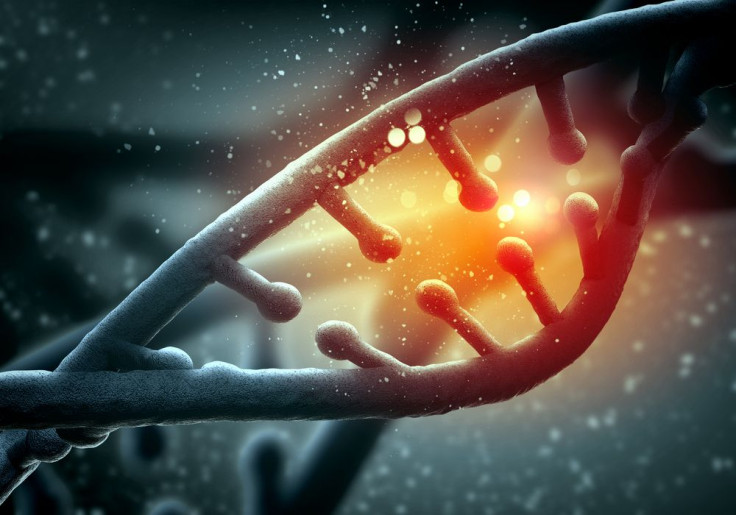New Nanotechnology Catches Cancer Mutations Before They Develop

Deleterious mutations could soon be spotted on a DNA level. In a new study from the University of California, Santa Barbara, nanotechnology developers describe their new “DNA clamp” — a groundbreaking innovation that will facilitate the detection of minute genetic variations associated with adverse health outcomes. The technology stands to revolutionize the treatment and diagnosis of certain cancers and other diseases with a genetic basis.
In the past 50 years, an increasingly sophisticated understanding of genetics has led to a range of breakthroughs in biology, medicine, and technology. According to Alexis Vallée-Bélisle, a professor of nanotechnology and one of the developers behind the new DNA clamp, these advancements have gradually changed the diagnostic work in many fields. "Nature is a constant source of inspiration in the development of technologies," he said in a press release. "For example, in addition to revolutionizing our understanding of how life works, the discovery of the DNA double helix by Watson, Crick, and Franklin in 1953 also inspired the development of many diagnostic tests that use the strong affinity between two complementary DNA strands to detect mutations."
The new nanotechnology makes this type of diagnosis an even smaller operation. Essentially, the DNA clamp induces much stronger DNA strand binding, which subsequently generates so-called triple helices. These genetic architectures, which are ten times as specific as double helices, allow scientists to detect genetic mutations with much greater specificity.
According to the developers, the innovation will benefit clinical practice as well as screening protocols. "The results of our study have considerable implications in the area of diagnostics and therapeutics because the DNA clamp can be adapted to provide a fluorescent signal in the presence of DNA sequences having mutations with high risk for certain types cancer,” senior author Francesco Ricci told reporters. “The advantage of our fluorescence clamp, compared to other detection methods, is that it allows distinguishing between mutant and non-mutant DNA with much greater efficiency. This information is critical because it tells patients which cancer(s) they are at risk for or have."
The innovation thus continues the search for individualized care and genomic diagnosis — an undertaking some scientists say dominates the current medical research landscape. So far this year, countless peer-reviewed papers have pointed to new ways of identifying and offsetting genetic risk factors associated with a range of health complications, including cancers, neurodegenerative diseases, and cardiovascular events. Hopefully, the DNA clamp will facilitate the future work of these labs and help physicians treat more conditions before they develop.
Source: Idili A, Plaxco KW, Vallée-Bélisle A, Ricci F. “Thermodynamic Basis for Engineering High-Affinity, High-Specificity Binding-Induced DNA Clamp Nanoswitches.” ACS Nano.2013.



























